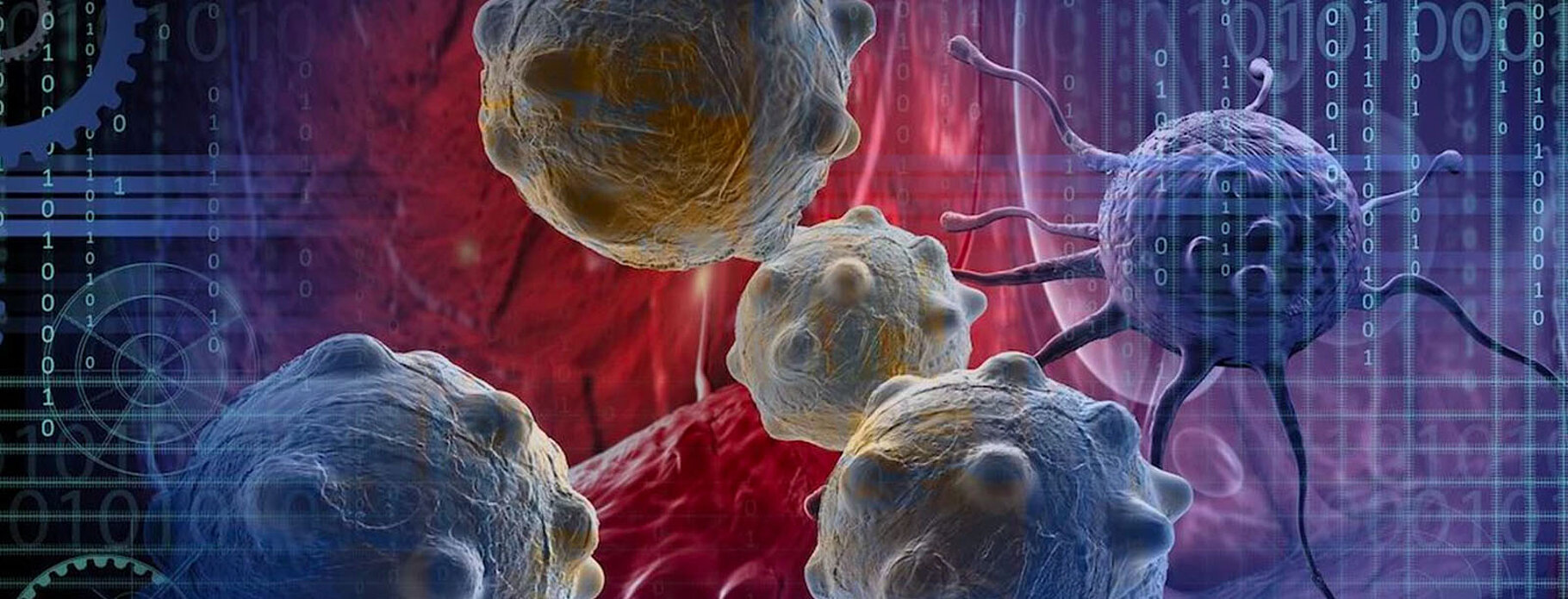
Structural interactomics of steroid nuclear receptors
Structural interactomics of steroid nuclear receptors
RESPONSABLE DE SOUS-GROUPE
.
Projets en cours
Projet 1: Structural interactomics of steroid nuclear receptors
Nuclear receptors are a class of DNA-binding transcription factors that play pivotal roles in regulating cellular growth, differentiation, embryonic development, and metabolic homeostasis. Their defining feature is the capacity to be activated by small lipophilic ligands, thereby providing a direct molecular interface between the cellular environment and gene expression programs.
Our research is centered on elucidating the molecular mechanisms that govern transcriptional regulation and signal transduction, with a particular focus on the tissue-specific actions of steroid nuclear receptors. We primarily investigate the glucocorticoid receptor (GR), androgen receptor (AR), and estrogen-related receptor (ERR), whose dysregulation is implicated in a range of pathological conditions, including metabolic disorders and various cancers.
To dissect these complex regulatory pathways, we employ an integrative structural biology framework, complemented by advanced quantitative interactomics. These approaches are augmented by functional analyses in both cultured cell systems and in vivo models. Our investigations are conducted in close collaboration with molecular biologists and clinicians, ensuring translational relevance.
In parallel, we are committed to understanding the evolutionary forces shaping protein function. Through interdisciplinary collaborations with evolutionary biologists, we have made seminal contributions to deciphering the evolution of nuclear receptor dimerization and the co-evolution of steroid hormones with their cognate receptors.
Project 2: Structural interactomics of particular neurodevelopmental disorders
Human brain development and function rely on intricate protein networks, in which binding energies are finely tuned to ensure optimal performance. When a key protein within such a network is absent, overexpressed, or mutated—due to genetic alterations—this balance may be disrupted, leading to impaired brain development or function and potentially resulting in neurodevelopmental disorders (NDDs). To better understand these conditions, we advocate for a paradigm shift from traditional "gene-to-disease" models toward an "interactome-to-disease" approach.
We are investigating this hypothesis through the study of Ube3A (~850 residues) and HERC2 (~4800 residues), two mutually interacting E3 ubiquitin ligases of the HECT domain family. Their respective genes are located in close proximity within the 15q chromosomal region, and genetic alterations such as mutations, deletions, or duplications in either gene are associated with severe NDDs, including Angelman syndrome, Angelman-like syndromes, and Dup15q syndrome.
Our project employs structural biology techniques, including X-ray crystallography and cryo-electron microscopy, to determine the structures of Ube3A, HERC2, their interaction interface, and their complexes with various human protein partners. We systematically map the interactomes of both wild-type and mutant forms of Ube3A and HERC2, quantify their cellular concentrations and binding affinities, and perform cellular localization and co-localization analyses. Notably, we investigate whether their most robust and functionally relevant interactors are themselves implicated in NDDs—a correlation that frequently emerges from our data.
Collaborations et réseaux
- Delphine Duteil & Daniel Metzger, IGBMC, Illkirch (France)
- Dino Moras, IGBMC, Illkirch (France)
- Gabriel Malouf, IGBMC, Illkirch (France)
- Joffrey Zoll, Université de Strasbourg, Faculté de Médecine, Strasbourg (France)
- Christine Carapito, LSMBO, Strasbourg (France)
- Sarah Cianférani, Institut Hubert Curien, Strasbourg (France)
- Karl Edman, Astra Zeneca (Sweden)
- Vincent Laudet, OIST, Okinawa (Japan)
- Gabriel Markov, Sorbonne Université, Roscoff (France)
- Brice Beinsteiner, Helmholtz Zentrum, München (Germany)
- Jean-Paul Condorcet, Muséum d’Histoire Naturelle, Paris (France)
- Etienne Coyaud, PRISM, Lille (France)
Financements et partenaires
Ligue nationale contre le cancer (équipe labellisée)
Agence Nationale de la Recherche (ANR)
Fondation pour la Recherche Médicale
